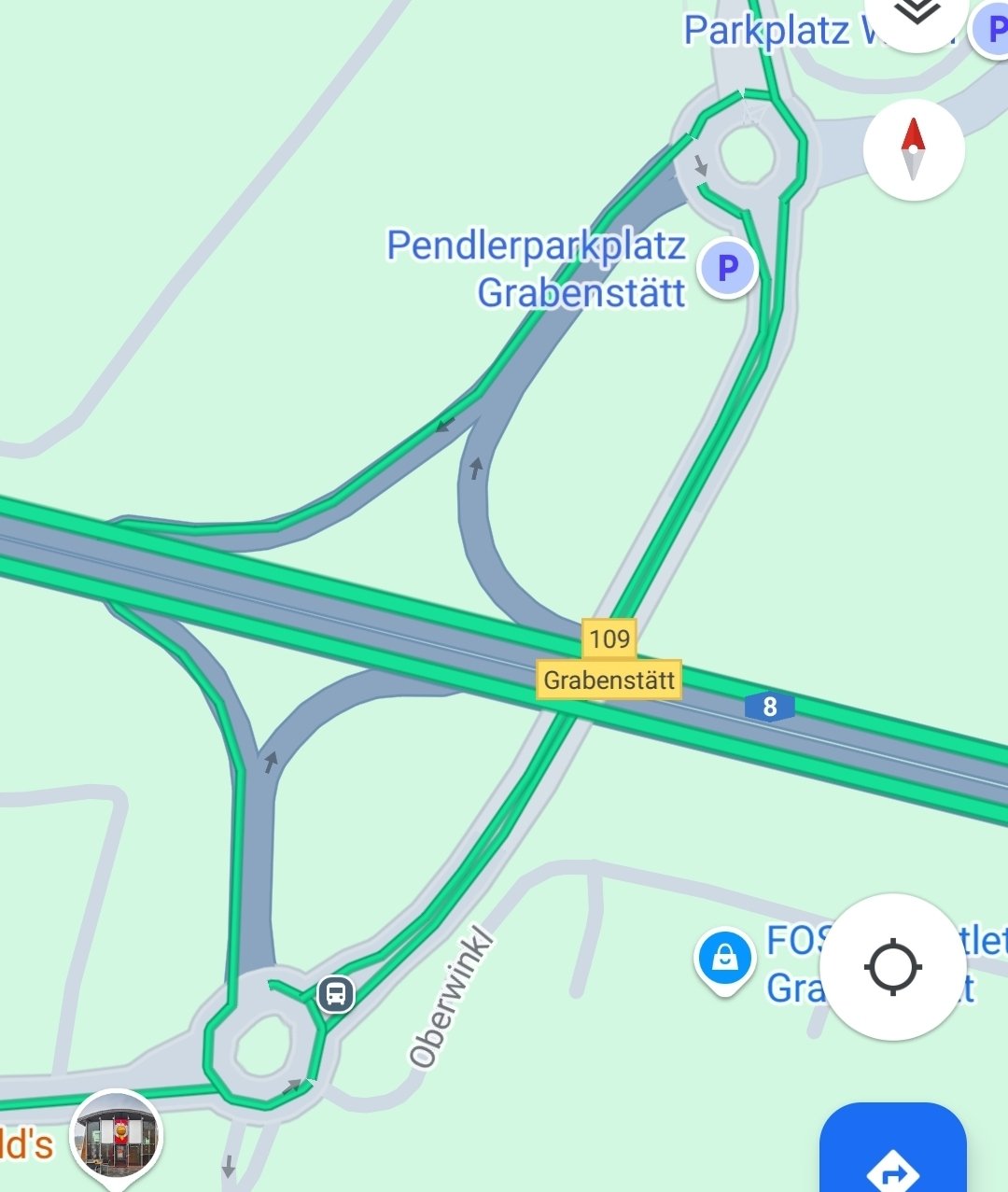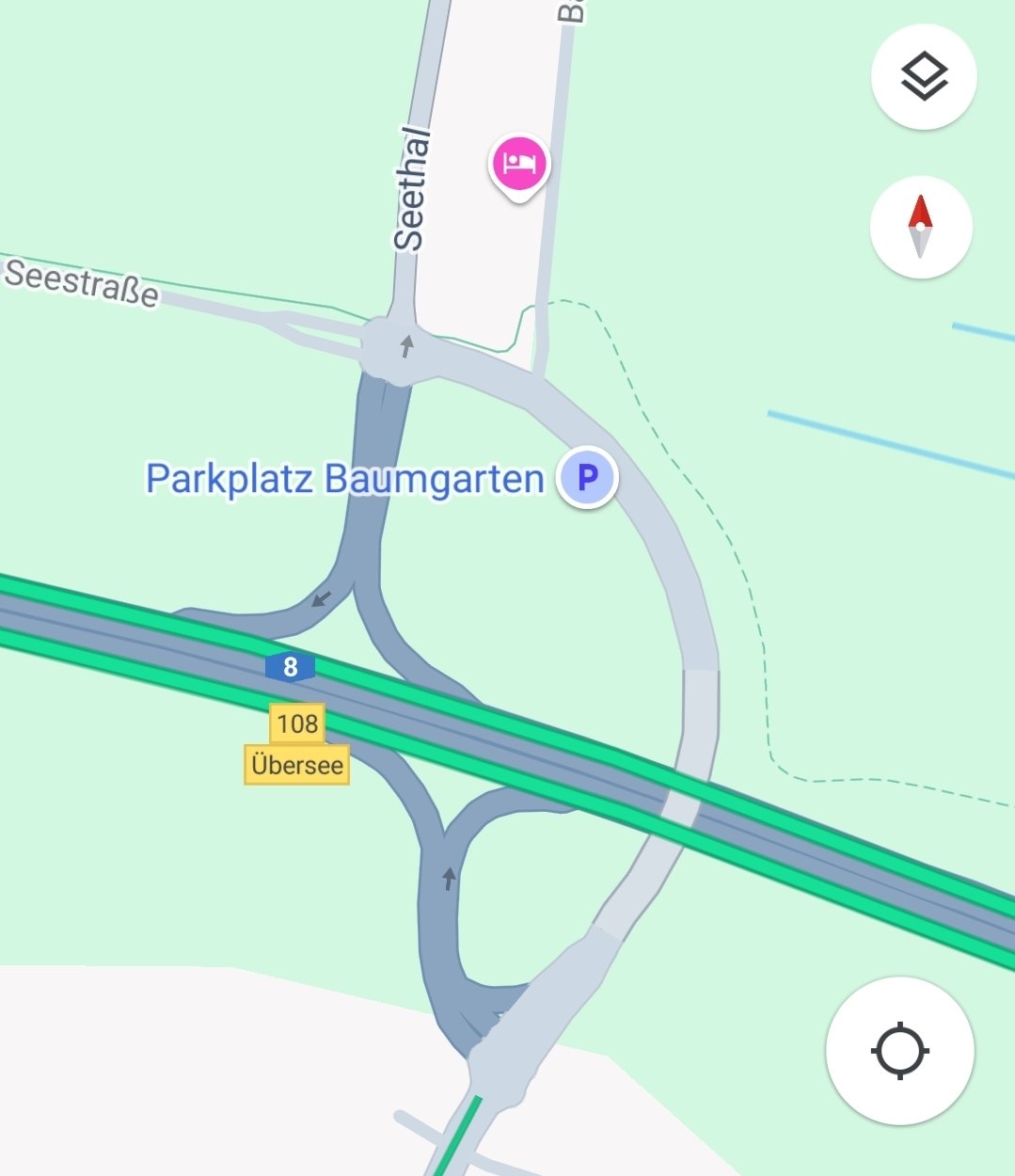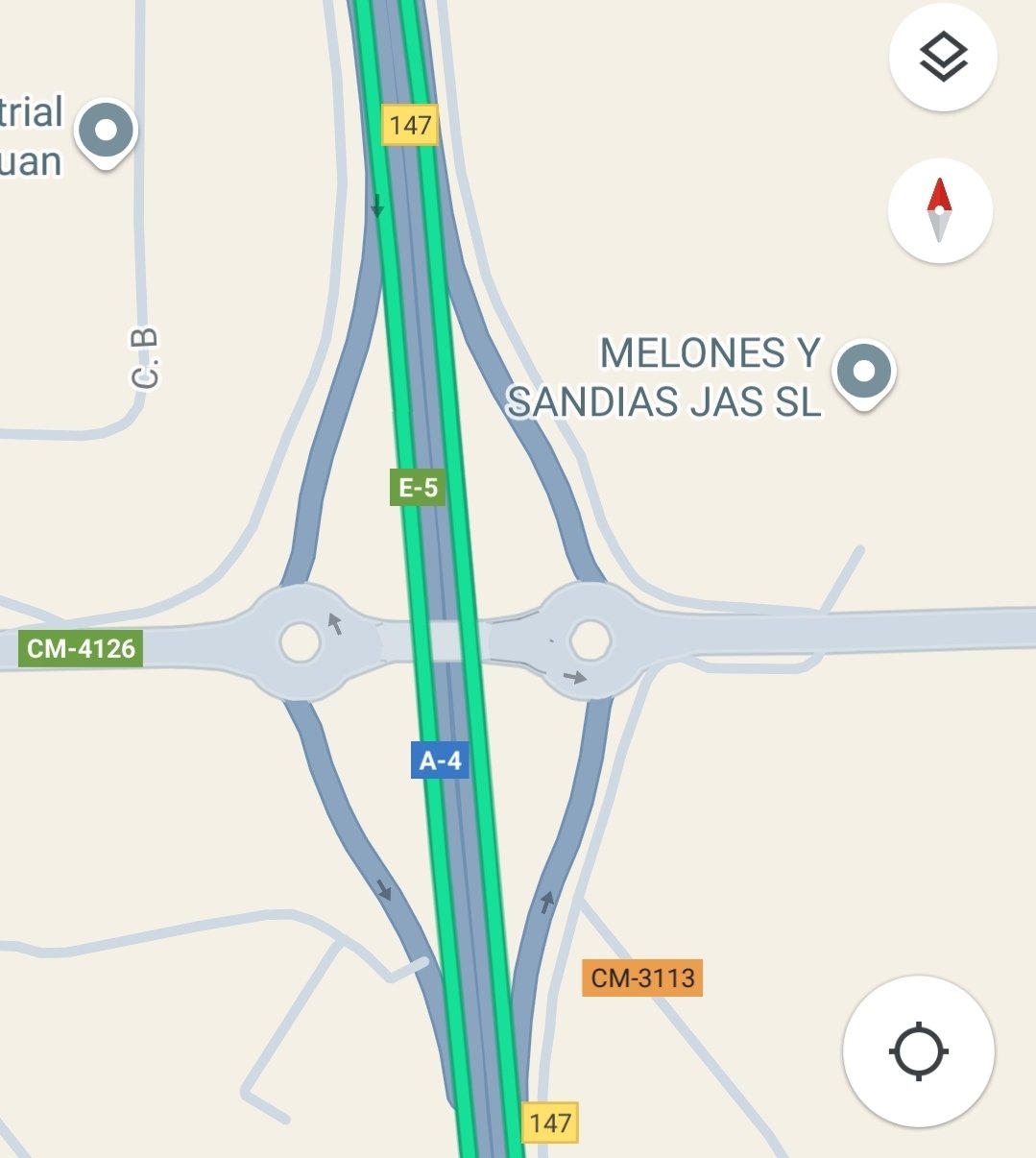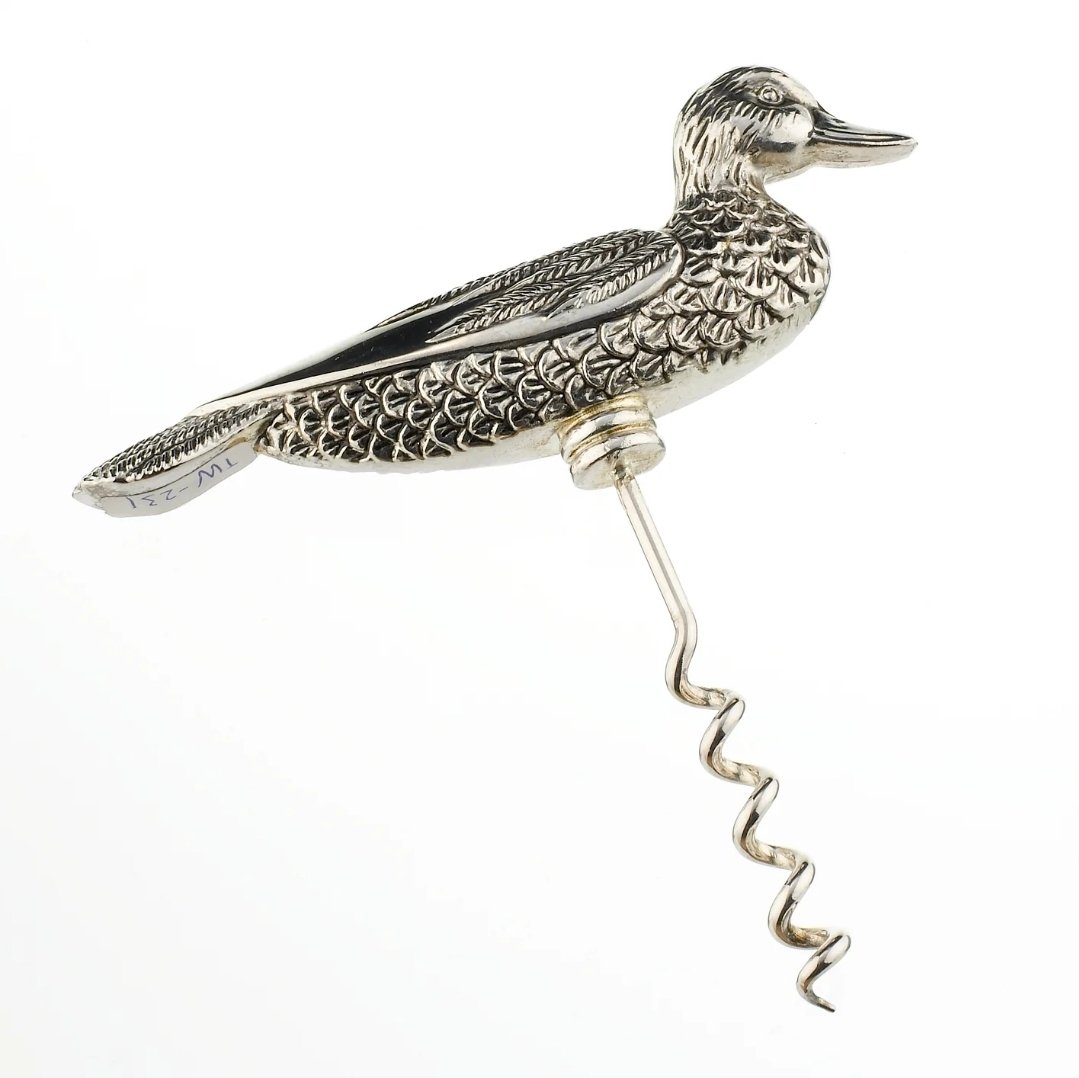This is normal, nothing to see here... except these wonderful ads!! - YouTube
I have no clue how you are getting down voted in a fuckcars community for pointing out this infrastructure is still car centric and does nothing to solve traffic, only induce demand.
If this area was designed for people only it would not look like this.
This is still city planners creating a dangerous strode and intersecting it with a interstate highway and calling it good enough.
Its been many years since my driving school courses and being taught by the instructors in car, but seem you may be correct in the laws ambiguous wording on this after I did some reading myself.
Personally the instructors and the driving test individuals that I talked with (years ago) all stated that its prudent to treat intersection as if there were always the possibility of a pedestrians, cyclists, or other car being there. This meant that you would always slow down, stop, and yeild the right of way.
Reading this handbook in my local area, diagram 2-20 states this.
"At any intersection where you want to turn left or right, you must yield the right-of-way. If you are turning left, you must wait for approaching traffic to pass or turn and for pedestrians in or approaching your path to cross. If you are turning right, you must wait for pedestrians to cross if they are in or approaching your path (Diagram 2-20). You should also check your blind spot for cyclists approaching from behind, particularly in a bike lane to your right, on a sidewalk or a trail."
I admits it does not say stop explicitly. Though my driving style after all these years is to always treat intersection (especially those with sidewalks and bikelanes along them) with extra care and always slow down, stop, and prepare to yeild the right of way to more vulnerable road users.
https://www.ontario.ca/document/official-mto-drivers-handbook/driving-through-intersections
Theres a rule that no one follows on the roads, when turning right (or left for that matter) you come to a complete stop and then proceed. This applies even if there is no stop sign or the light is solid green.
The only exception to this is if your signal light shows a green arrow pointing right, or left.
The location in the image pointed out above tells motorists they can proceeded at full speed, run over the pedestrian at the crossing, run over the cyclists (that has the right of way), and drive head first into traffic in a effort to murge as quickly as possible.
There should (at the minimum) be painted yeild the right of way marking on the road. Both before the pedestrians crossing at the off ramp and right before the bike lane crossing, which should be painted continuously.
Kind of like this.

Though paint is no substitute for proper roadway design.
North American has this concept in roadway design where traffic engineers feel the need to make every roadway large. Think of interstate interchanges.
There is also this need to try and design roadways as both roads and streets, while maintaining the flow of high speed traffic at the same. This leaves us with neither good roads or enjoyable streets.
Roads get you from point A to point B without regard for what's in between or along the route. They are meant to move large amounts of traffic with minimal to no lights/stops/driveways.
Streets on the other hand are "destinations" and are meant for the people that live along them. Streets are traffic calmed, streets give the right of way to pedestrians. Streets have driveways, and multiple interaction zones between people on foot, on bikes, and on cars.
A street cannot act as a road nor can a road act as a street.
This image trys to turn the underpass into a street (which it can be), but it's main function is still designed as a high-speed roadway. So this leaves us with a combination of the two (a strode) which neight is a good road or a enjoyable street for the local community.
Some examples of simplified highway off ramps that connect directly into traffic calmed streets.



City planing also plays a role here, and its usually has to do how our we build city centres right next to highway off ramps. This leaves no room for proper roadway design where you "stepdown" your roadway classification.
Good planing would have a interstate (130-100kph) connect to a highway (100-80kph), which then empties into a high-speed road (80-60kph), which steps down to a road 50-40kph, and then transitions into a street (30-10kph).
Instead we have interstate highways empty right into a city street.
Fan anyone that is to short, ducks have a corkscrew-shaped penis.
https://www.sciencefocus.com/nature/duck-penis-corkscrew

So efficient it shuts itself down first.
Could not have said it any better.
When it comes to following traffic laws and I see cop cars, firetrucks, ambulances, city transit, delivery trucks even. I would expert these individuals to be driving around as trained operator's and "expert's" and thus held to a higher standard.
Hit the spot = hit by a car
Open a wealthsimple account that let's you trade crypto
The poster seem to normalise people being hit or run over by cars. (Note the tire marks)
A pedestrian hit by a car, and no blame in the poster is associated to a car, the car is not visible in the scene.
It seems to associate the intelligence of a person with that of a animal that made the same mistake, ie. wanting to cross the road safely.
No pun intended?
You call the Toronto Wildlife Centre, that is if the image's are 1:1 and the racoon's infact still alive like the pedestrian.
A few things.
The poster seem to normalise people being hit or run over by cars.
It seems to normalise the blame of being hit to the fault of the pedestrian, as opposed to the driver or vehicle operator, which is no where to be seen.
It seems to associate the intelligence of a person with that of a animal that made the same mistake, ie. wanting to cross the road safely.
There is an activate campaign in Toronto called Vision Zero. Its goal is to have zero traffic fatalities in Toronto. This poster kind of says to me "ohh well we tried, but people will still get hit or run over"


cross-posted from: https://lemmy.world/post/21960813


cross-posted from: https://lemmy.world/post/21960771 >
Its like going to the local cinema, ads before the movie.
Are you using musicbrainz picard to tag your collection, or something more manual?
But how else will I be able to market and sell my cancer treatments/drugs? /s
I find nothing wrong with this movement, but at the same time I almost feel like this movement is exactly what "government's" may want. Less educated individuals having children means more uneducated voters in the long run.
Kind of like that scene in Idiocracy (2006).
Just ran this on my entire music library of 73000+ songs. Worked like a charm.
Do you know how to use a roundabout?

OPP is telling drivers to remember the following rules when using roundabouts:
When entering a roundabout:
Visual checks: Do visual checks of all vehicles already in the roundabout and those waiting to enter (including cyclists).
Look left: Traffic in the roundabout has the right-of-way. When preparing to enter the roundabout, pay special attention to the vehicles to your left. Adjust your speed or stop at the yield sign if necessary.
Adequate gap: Watch for a safe opportunity to enter the roundabout. Enter when there is an adequate gap in the circulating traffic flow. Don't enter directly beside another already in the roundabout, as that may be exiting at the next exit.
Travel counterclockwise: Once in the roundabout, always keep to the right of the central island and travel in a counterclockwise direction.
Keep moving: Once you are in the roundabout, do not stop except to avoid a collision; you have the right-of-way over entering traffic. Do not change lanes while in the roundabout. If in the inside lane and you miss your exit, you must continue around until you meet your exit again.
When exiting a roundabout:
Signal: Be sure to signal your exit and watch for pedestrians.
Maintain your lane: Stay to the left if you entered from the left lane or stay to the right if you entered from the right lane.
Maintain your position: Maintain your position relative to other vehicles.
Signal intent to exit: Once you have passed the exit before the one you want, use your right-turn signal.
Left lane exit: If exiting from the left lane, watch out for vehicles on the right that continue to circulate around the roundabout.


Critical Mass Toronto, A friendly bike ride for the GTA.
Critical mass is a autonomous event. It is created by the community for the community for cyclists. The ride does not happen from time to time due to its autonomous nature.
Last friday of the month, every month.
Meet at the corner of Bloor and Spadina, 6 pm - leave at 6:30 pm
Reports have come out that the Ontario government plans to bring forward legislation that would block the installation of bike lanes where motor vehicle lanes would have to be reduced.
Also add your comment to bill 212 https://ero.ontario.ca/notice/019-9266
The Ford government is putting new bike lanes and any installed in the past half-decade on notice but has promised it will pay the costs if cities have to tear out routes.
cross-posted from: https://lemmy.world/post/21139835 > The Ford government is promising to pay the cost of removing bike lanes from major city streets that fail to meet its unannounced criteria as it ploughs ahead with a plan to limit biking infrastructure and rip out some routes.
The Ford government is putting new bike lanes and any installed in the past half-decade on notice but has promised it will pay the costs if cities have to tear out routes.
cross-posted from: https://lemmy.world/post/21139835 > The Ford government is promising to pay the cost of removing bike lanes from major city streets that fail to meet its unannounced criteria as it ploughs ahead with a plan to limit biking infrastructure and rip out some routes.
The Ford government is putting new bike lanes and any installed in the past half-decade on notice but has promised it will pay the costs if cities have to tear out routes.
The Ford government is promising to pay the cost of removing bike lanes from major city streets that fail to meet its unannounced criteria as it ploughs ahead with a plan to limit biking infrastructure and rip out some routes.
cross-posted from: https://lemmy.world/post/20991847 > City councillor says the project is a low-cost effort to add some greenery. Others say it takes away already limited parking space in the Plateau. > > The general public seems to be missing the point of the curb extensions as a traffic calming initiative with the added benefits of greenery. Instead focusing on the removal of parking spaces, and not on the increased visibility and lower vehicle speeds these types of installation promote.
City councillor says the project is a low-cost effort to add some greenery. Others say it takes away already limited parking space in the Plateau.
The general public seems to be missing the point of the curb extensions as a traffic calming initiative with the added benefits of greenery. Instead focusing on the removal of parking spaces, and not on the increased visibility and lower vehicle speeds these types of installation promote.
Instead of measuring the success of a bike lane policy in the number of kilometres installed, as Toronto currently does, we should be taking into account the impact on traffic

Why stop at removing things like bike lanes? We should also remove street parking, sidewalks, bus stops, crosswalk and crossways, and board up all storefronts. Turn those slow city streets into wide high speed roads so people can get through the city quicker.
Drivers dont stop to enjoy the areas they drive through, they are only driving through to get to their destination on the otherside of town.
Provincial police stopped a driver on Highway 417 after they crossed over the double lines into the high occupancy vehicle (HOV) lane.

Provincial police stopped a driver on Highway 417 after they crossed over the double lines into the high occupancy vehicle (HOV) lane.
“A reminder that vehicles must have two or more people in it or have a green licence plate to be eligible,” police note in a post on X.
The Ontario government is considering bringing forward legislation that could prohibit the installation of bike lanes when lanes for motor vehicles are removed as a result, sources say.
Siemiatycki said "this government has signalled that the car is king," pointing to prior steps the governing Progressive Conservatives (PCs) have taken to ease costs for drivers.
He sees the PCs as making a clear play for the votes of motorists, and believes the policy would also appeal to many drivers frustrated with congestion on the roads.
London woman stopped to help man who'd collapsed at in the sidewalk at Richmond and Oxford
But what made her challenge particularly difficult was that the drivers trying to get through the intersection honked with impatience and anger, swerving around her and darting through the intersection as she tried to help the man.
"They were acting like I was a delinquent and I was just trying to help someone," she said. "Drivers will stop for Canada geese but you've got a man in distress and no one cares."
Paramedics arrived shortly after and took the man who'd been struggling to hospital. Litsas doesn't know what caused him to collapse or how he's doing now.
After the ordeal, she posted on the social media site Reddit about how some of the drivers chose to honk instead of help.
"I was frustrated, I was a bit shaken up just having the traffic whiz by you and it's just an unnerving position to be in," she said.
The purpose behind her post is to ask that drivers show some patience and empathy if a pedestrian appears to be struggling.
"Stop, put your hazards on," she said. "It's a car against a human being and I'm not going to win against a five-tonne vehicle."
toronto@lemmy.world
Pre-construction work for the Scarborough subway extension project began in 2021 at the northeast corner of Sheppard Avenue East and McCowan Road in Scarborough. Toronto City council and Metrolinx are fighting over who will pay for a proposed link at Kennedy Station between the subway extension and the planned Eglinton East LRT. (Metrolinx)
Vandertop, a co-founder of Don't Mess with the Don, says the restaurant chain Tim Hortons has a big problem when it comes to litter. The registered charity, run by volunteers, cleans up trash from ravines in the Don Valley and says it has picked up about 136,078 kilograms of garbage in the past six years.
The number one brand it finds in its garbage cleanups is Tim Hortons, Vandertop said.
"Imagine — Tim Hortons has more than 4,000 stores across Canada now and that would be millions and millions of cups and lids all strewn out throughout our parks, streets, wild spaces. And this is only cups and lids. There's also food wrappers, containers and other beverage containers," she said.
"I think Tim Hortons, as a flagship Canadian company, has a tremendous opportunity here to do something good for the world and for the environment that we live in. This is not in line with the times."
Karen Wirsig, senior program manager for plastics at Environmental Defence, an environmental advocacy organization, said it's important to hold corporations accountable for the waste they produce. Wirsig said Tim Hortons is a major generator of single-use plastic waste when it comes to its takeout packaging.
Vandertop, a co-founder of Don't Mess with the Don, says the restaurant chain Tim Hortons has a big problem when it comes to litter. The registered charity, run by volunteers, cleans up trash from ravines in the Don Valley and says it has picked up about 136,078 kilograms of garbage in the past six years.
The number one brand it finds in its garbage cleanups is Tim Hortons, Vandertop said.
"Imagine — Tim Hortons has more than 4,000 stores across Canada now and that would be millions and millions of cups and lids all strewn out throughout our parks, streets, wild spaces. And this is only cups and lids. There's also food wrappers, containers and other beverage containers," she said.
"I think Tim Hortons, as a flagship Canadian company, has a tremendous opportunity here to do something good for the world and for the environment that we live in. This is not in line with the times."
Karen Wirsig, senior program manager for plastics at Environmental Defence, an environmental advocacy organization, said it's important to hold corporations accountable for the waste they produce. Wirsig said Tim Hortons is a major generator of single-use plastic waste when it comes to its takeout packaging.
canada@lemmy.ca
The province is in the midst of shifting the cost burden of trash away from municipalities (and municipal taxpayers), onto companies that make and sell products that generate waste.
For material that fills up blue boxes — including non-alcoholic drink containers — industry began paying an increased share of the costs last year and is to cover all of the costs from 2026.
How it works: companies pay fees, based on the amount of waste material they create, to organizations that manage their sector's recycling programs.
The theory of the system — known as extended producer responsibility — is that it gives companies an incentive to reduce their packaging waste and increase recycling rates. Otherwise companies have to absorb the fees as a cost of doing business or pass them on to consumers.
When the government kick-started work on the deposit-return system last year, Piccini said it would "enable consumers to receive a refund for returning used beverage containers."
For more than a year, momentum was building toward a key shift to try to improve things. Premier Doug Ford's government was seriously considering creating a deposit-return system for soft drink containers, a system that's already in place in eight other provinces and that already exists for beer, wine and spirits in Ontario.
Then suddenly, with zero advance notice and no public announcement — and with a potential LCBO strike dominating the news — senior government officials scrapped plans for the deposit-return system.
What follows is the inside story of how, in a battle with big financial implications for companies and big environmental implications for Ontario, Doug Ford's government sided with Big Grocery over Big Beverage.
By abandoning deposit-return, the government bowed to pressure from the supermarket chains, said Wallis of Environmental Defence.
"It's frustrating the amount of power that they seem to have and the amount of influence that they seem to have over policy," Wallis said.
"These are companies that make money, lots of money from selling these drinks to us," she said. "Them refusing to participate in the kind of program that would actually keep these containers out of our environment is honestly shameful."
The notion that consumers could face added costs under the deposit system is now the government's key justification for scrapping it.
The province is in the midst of shifting the cost burden of trash away from municipalities (and municipal taxpayers), onto companies that make and sell products that generate waste.
For material that fills up blue boxes — including non-alcoholic drink containers — industry began paying an increased share of the costs last year and is to cover all of the costs from 2026.
How it works: companies pay fees, based on the amount of waste material they create, to organizations that manage their sector's recycling programs.
The theory of the system — known as extended producer responsibility — is that it gives companies an incentive to reduce their packaging waste and increase recycling rates. Otherwise companies have to absorb the fees as a cost of doing business or pass them on to consumers.
When the government kick-started work on the deposit-return system last year, Piccini said it would "enable consumers to receive a refund for returning used beverage containers."
For more than a year, momentum was building toward a key shift to try to improve things. Premier Doug Ford's government was seriously considering creating a deposit-return system for soft drink containers, a system that's already in place in eight other provinces and that already exists for beer, wine and spirits in Ontario.
Then suddenly, with zero advance notice and no public announcement — and with a potential LCBO strike dominating the news — senior government officials scrapped plans for the deposit-return system.
What follows is the inside story of how, in a battle with big financial implications for companies and big environmental implications for Ontario, Doug Ford's government sided with Big Grocery over Big Beverage.
By abandoning deposit-return, the government bowed to pressure from the supermarket chains, said Wallis of Environmental Defence.
"It's frustrating the amount of power that they seem to have and the amount of influence that they seem to have over policy," Wallis said.
"These are companies that make money, lots of money from selling these drinks to us," she said. "Them refusing to participate in the kind of program that would actually keep these containers out of our environment is honestly shameful."
The notion that consumers could face added costs under the deposit system is now the government's key justification for scrapping it.